Best Time to Plant Seeds in Seed Trays for Healthy Seedlings
2025-07-15 16:04:25
When planning for a productive garden or greenhouse season, the timing of seed planting is just as crucial as the soil, light, and water you provide. Seed trays are an essential tool for starting seeds in a controlled environment, giving them the best chance to grow into strong and healthy seedlings. But if seeds are started too early or too late, even the best seed trays can’t guarantee success.
In this guide, we’ll walk you through the best time to plant seeds in seed trays for optimal seedling health, considering climate, crop type, and environmental factors that influence successful germination and growth.
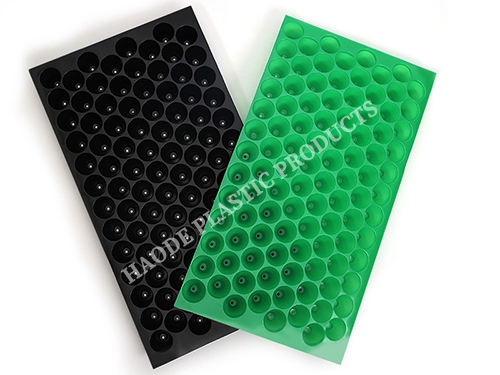
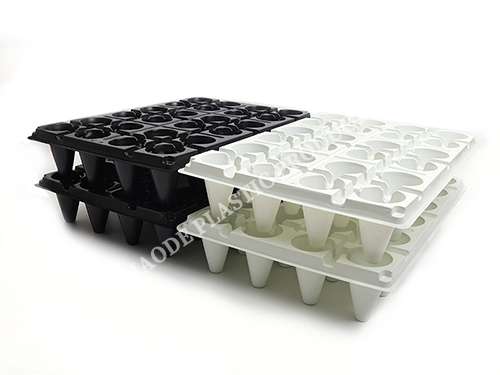
What Makes Seed Trays So Valuable?
Before diving into timing, it’s important to understand why seed trays are a cornerstone of successful gardening and propagation. Seed trays offer a controlled microenvironment, allowing gardeners to start seeds earlier than outdoor conditions would permit. They also help organize and space seeds evenly, reduce transplant shock, and streamline watering and lighting routines.
Whether you’re growing vegetables, herbs, or flowers, starting with quality seed trays helps ensure your plants have a uniform, healthy beginning.
Understanding Germination Timing: Why It Matters
Germination is the process where seeds sprout into new plants, and it’s highly sensitive to timing. If you sow seeds in trays too early, the seedlings may outgrow their space before it’s warm enough to plant them outside. Too late, and your garden may fall behind schedule.
To find the best planting time, you’ll need to consider three factors:
1.Your local climate and last frost date
2.The type of seeds you’re planting
3.The growth time needed before transplanting
1. Know Your Local Frost Dates
Most seeds should be started in seed trays 4–8 weeks before your region’s last expected frost. You can look up your USDA Hardiness Zone or local extension service to find this date.
Here’s a general guideline based on last frost:
·Cool-season crops (lettuce, kale, broccoli): Start seeds 6–8 weeks before the last frost.
·Warm-season crops (tomatoes, peppers, cucumbers): Start seeds 6–10 weeks before the last frost.
Use a planting calendar to count backwards and find the right start date for each crop in your seed trays.
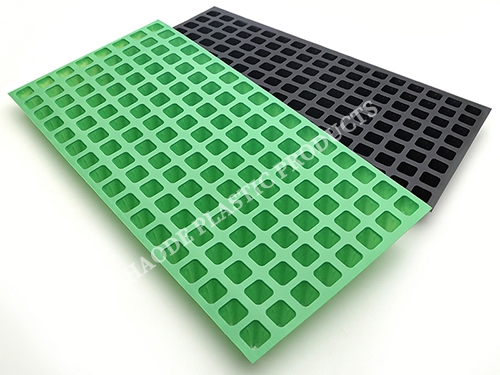
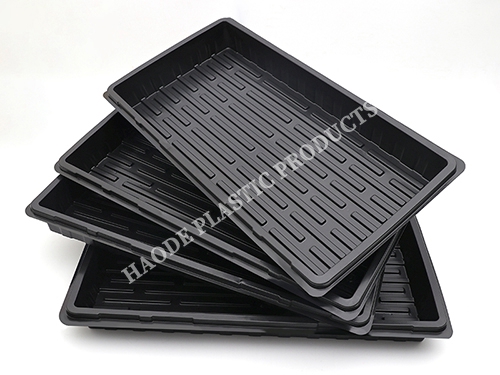
2. Match Seed Type to the Right Start Time
Different plants have different germination and seedling growth rates. Some emerge and grow quickly, while others take more time to develop a healthy root system before transplanting.
Examples:
·Fast growers: Lettuce, bok choy, zinnias — 4–6 weeks before transplant
·Slow growers: Tomatoes, peppers, eggplant — 8–10 weeks before transplant
·Direct sow only: Some crops (like beans or carrots) are best sown directly into the ground and not in seed trays
Always refer to seed packet instructions and adjust based on your growing conditions.
3. Use Heat and Light to Stay on Schedule
To make the most of your seed trays, control two key environmental factors: temperature and light.
·Warmth speeds up germination. Most seeds germinate best between 65–75°F (18–24°C).
·Light is essential once seeds sprout. Use a grow light or place trays in a bright window with 12–16 hours of light daily.
If you plant seeds at the right time but lack proper heat or light, seedlings can become stunted or leggy—even in the best seed trays.
Tips to Maximize Germination in Seed Trays
·Pre-moisten your potting mix before filling the trays.
·Label your trays with seed type and planting date for better tracking.
·Water gently, using a spray bottle or bottom-watering method to avoid disturbing delicate seeds.
·Use a humidity dome during the first few days to retain moisture.
·Harden off seedlings by gradually introducing them to outdoor conditions before transplanting.
Timing, paired with proper technique, leads to healthy transplants that thrive in your garden.
Timing Chart Example for Popular Vegetables
| Crop | Weeks Before Last Frost | Germination Time |
|---|---|---|
| Tomatoes | 6–8 weeks | 5–10 days |
| Peppers | 8–10 weeks | 7–14 days |
| Lettuce | 4–6 weeks | 2–7 days |
| Broccoli | 5–7 weeks | 4–10 days |
| Zinnias | 4–6 weeks | 3–5 days |
This chart can help you better plan when to use your seed trays for each variety.
Final Thoughts: Let Seed Trays Work in Your Favor
Using seed trays gives you a major head start on the growing season—but only if you time it right. By aligning your planting schedule with your local climate and the needs of each seed type, you can avoid early stunting or late planting problems.
Seed trays aren’t just for convenience—they’re a critical step in giving your plants the healthy foundation they need to succeed. Start smart, start timely, and watch your garden thrive from seed to harvest.
References
·Smith, J. (2020). Seed Starting Basics. National Gardening Association.
·Johnson, L. (2019). Growing Seedlings Indoors. University of Maryland Extension.
·Brown, M. (2021). Sowing Seeds Indoors. Royal Horticultural Society (RHS).
·Davis, A., & Lee, R. (2018). Seed Germination and Starting Tips. Cornell Cooperative Extension.
·Wilson, P. (2022). Seed Starting and Growing Under Lights. Missouri Botanical Garden.

The CNC Seed Braiding Machine is a high-precision, fully automated agricultural equipment s...
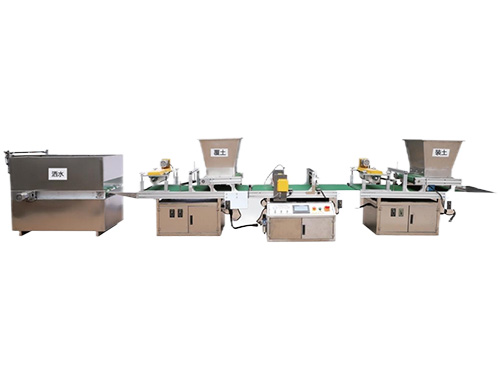
It adopts electrical integration and can be started by pressing the fully automatic button ...
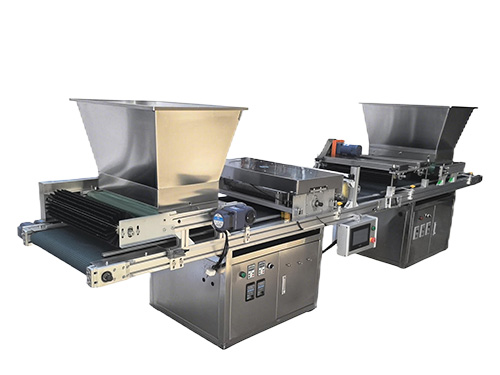
The XP750 seeder has stable performance, excellent product quality, simple and convenient o...
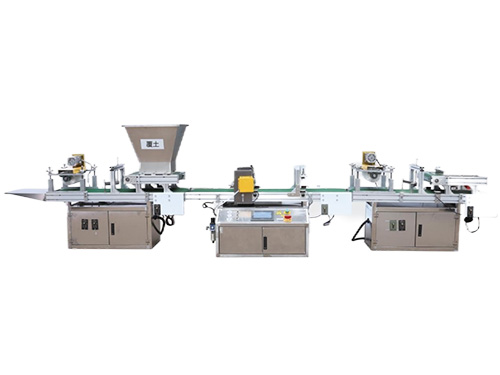
It adopts electrical integration and can be started by pressing the fully automatic button ...



